Parkinson’s Posture Part 2: The Thoracic Spine
As discussed in Part 1, postural imbalances are endemic in the Parkinson’s Disease population. These postural imbalances inevitably lead to an impaired ability of the individual to balance and increases the likelihood of both single-incident and recurrent falling incidents. Addressing postural imbalances is a powerful tool that the professional can utilize…

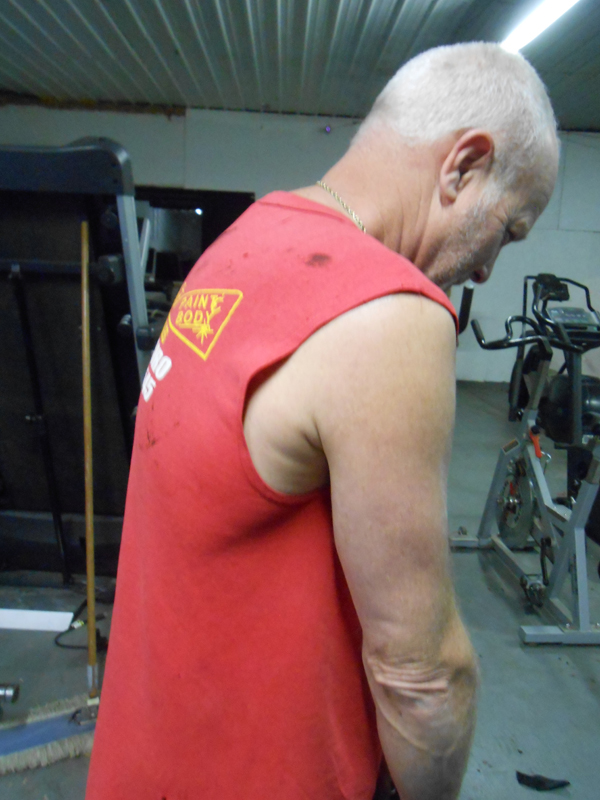
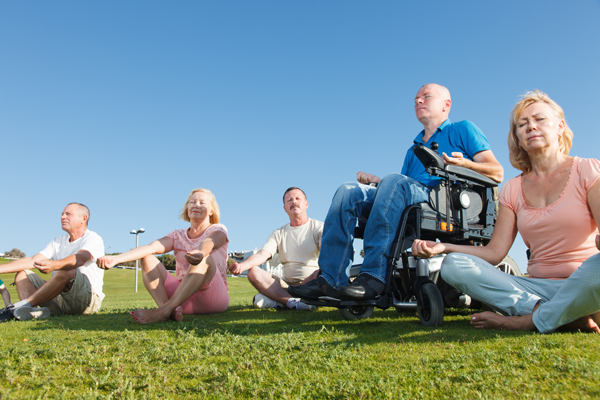

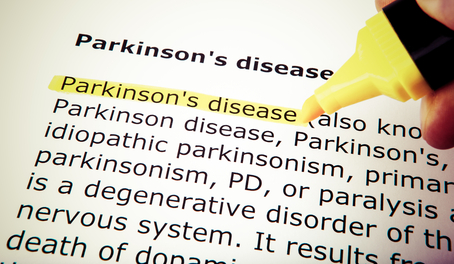
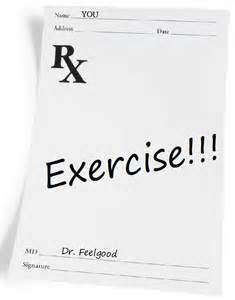

 When working out in the gym, it is important to start with a ten minute warm- up and shorter sessions, slowly working up to a thirty minute workout. Seeking the help of a personal trainer is very beneficial since each person with Parkinson’s is different. Personal Trainers can prescribe safe exercises, and show you what level you should begin working out.
When working out in the gym, it is important to start with a ten minute warm- up and shorter sessions, slowly working up to a thirty minute workout. Seeking the help of a personal trainer is very beneficial since each person with Parkinson’s is different. Personal Trainers can prescribe safe exercises, and show you what level you should begin working out.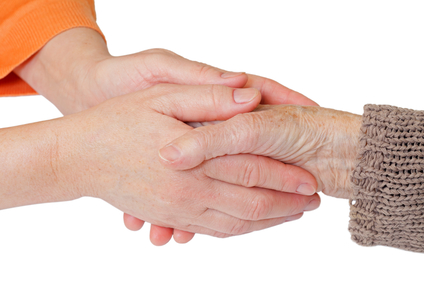

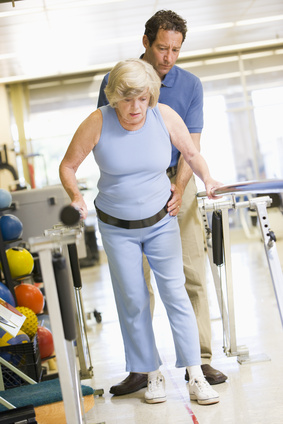 People with minor motor system disorders to severe disorders will find that physical therapy can help with the rigidity, slow movement patterns, postural instability, impaired balance and coordination that seem to evolve along with this disease. The physical therapist will evaluate for Functional Gait Testing, Functional Reach Testing, Timed Get Up and Go Test, Bed mobility screening and orthopedic evaluations for mobility and strength.
People with minor motor system disorders to severe disorders will find that physical therapy can help with the rigidity, slow movement patterns, postural instability, impaired balance and coordination that seem to evolve along with this disease. The physical therapist will evaluate for Functional Gait Testing, Functional Reach Testing, Timed Get Up and Go Test, Bed mobility screening and orthopedic evaluations for mobility and strength.